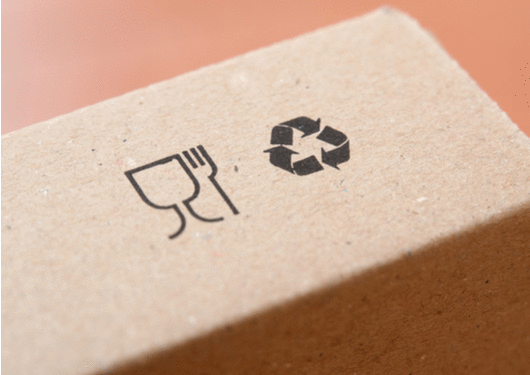
Visit Our Sponsors |
|
|
|
|
|
|
|
|
|
|
|
|
|
|
|
|
|
|
|
|
|
|
|
|
|
|
|
|
|
|
|
|
|
|
|
|
|
|

Packaging materials are extremely visible to the consumer, and retailers, packaged product suppliers, governments, regulators, NGOs and environmental groups are placing intense and growing pressures on packaging manufacturers to develop environmentally-friendly materials, packaging designs and end-of-life processes.
Packaging, especially plastic packaging, is receiving significant scrutiny worldwide along the entire supply chain, from raw materials to end-of-life processes, particularly recycling. Consequently, there have been significant advances in sustainability, but this has been a difficult process because of the complex interactions between packaging and the packaged products and the multiple functions performed by packaging in the supply chain, according to the study. Important drivers for incorporating environmental issues in the design, manufacture, use and end-of-life disposal of packaging and packaged products include resource cost and scarcity (materials and energy), waste management, production and disposal, greenhouse gas and water footprints, climate change and the needs of future generations.
Life cycle analysis is an important method for evaluation and comparison of the environmental impact of different products, and is now being recognized that this should not be performed on the packaging alone but that the packaging should be a component of the calculation of the environmental impact of the entire packaged product, says Smithers Pira. This will need to encompass calculations for the use of different packaging types (or no packaging) and include factors such as:
• Emissions to air and water, including carbon dioxide
• Energy consumed
• Water consumed
• Disposal methods/recovery rates.
RELATED CONTENT
RELATED VIDEOS
Timely, incisive articles delivered directly to your inbox.

